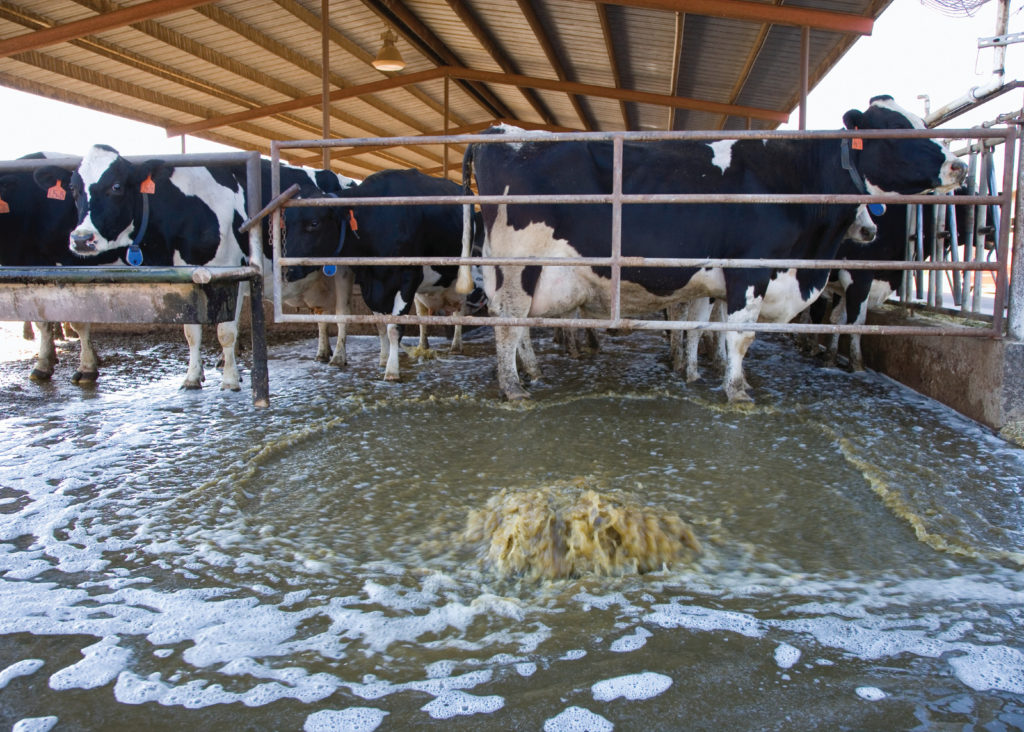Research Report
Chamchoy T, Williams DR, Adaska JM, Anderson RJ, Aly SS. 2019. Environmental sampling to assess the bioburden of Mycobacterium avium subspecies paratuberculosis in drylot pens on California dairies. PeerJ 7:e8081 https://doi.org/10.7717/peerj.8081

Abstract
Mycobacterium avium subspecies paratuberculosis (MAP) is a bacterium that can cause substantial economic losses in infected dairy herds due to reduced milk production and increased cow-replacement costs. In order to control MAP in dairies with drylot pens, a standardized environmental sampling protocol to quantify MAP in fecal slurry was developed based on an existing protocol for freestall pens. Specifically, following a 24 h hold of the flush, a grab sample of approximately 10 ml of fecal slurry was collected every 1 m along the flush lane of the drylot pens, avoiding individual cow fecal pats. To determine the reliability and repeatability of the new environmental sampling protocol for estimation of MAP bioburden at the pen level, two collectors simultaneously collected fecal slurry samples every day for 3 days from six drylot cow pens on two Central California dairies. During the study period no cow movement between pens was allowed with the exception of sick cows. The study herds had MAP seroprevalence of 5.8% and 3.2%, respectively, based on whole pen serum ELISA results. Variance components models for quantitative real-time PCR (qPCR) results showed samples collected from different pens on different dairies accounted for greater variability in MAP concentration (65%), while samples collected by different collectors had the least variability (0.1%). In contrast, variability in MAP concentration in environmental samples collected on different days had 25% variability. The intraclass correlation coefficient showed high reliability (93%) of environmental sampling simultaneously by different collectors. In contrast, the reliability of environmental sampling at different days was 65%, which was similar to the reliability for sampling by different collectors on different days. Investigators can expect high reliability when employing the new environmental sampling protocol along with qPCR testing of environmental samples from drylot pens.
Comment: This excellent article describes the critical variables to consider when designing surveillance programs to detect MAP infections in large drylot dairies of the type found in California, USA. The publication provides excellent details regarding the environmental sampling protocol for those interested. It is also Open Access.